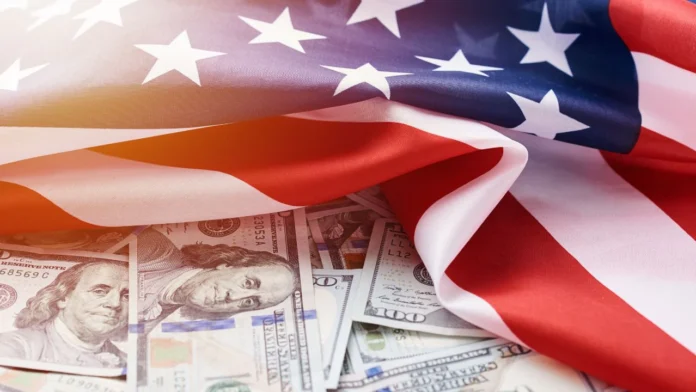The odds of a U.S. recession have climbed sharply, according to Goldman Sachs economists, following heightened trade tensions triggered by President Donald Trump’s latest tariff measures. The investment bank now sees a 45% probability of a U.S. recession within the next 12 months, up from its previous estimate of 35%.
In a research note dated April 6, Goldman’s chief economist Jan Hatzius and his team also slashed their 2025 Q4-to-Q4 GDP growth forecast from 1% to just 0.5%, citing worsening financial conditions and growing economic uncertainty.
“A sharp tightening in financial conditions, foreign consumer boycotts, and a continued spike in policy uncertainty is likely to depress capital spending by more than we had previously assumed,” the note said.
Tariffs at the Heart of the Storm
The reassessment follows President Trump’s announcement of sweeping new tariffs on Chinese imports, with a 34% hike layered atop existing levies, and threats of further increases if China does not comply by April 9. Goldman economists warned that unless most of these new tariffs are rolled back, the effective U.S. tariff rate could rise by 20 percentage points, well above their base-case scenario of a 15-point hike.
“If most of the April 9 tariffs do take effect, we expect to change our forecast to a recession,” the note warned.
Implications for the Federal Reserve
With the economic outlook darkening, Goldman Sachs also brought forward its forecast for U.S. Federal Reserve interest rate cuts. The team now expects the Fed to begin easing policy as early as June 2025, instead of July, delivering a series of three 25-basis point “insurance cuts” to bring the federal funds rate down to 3.5–3.75%.
In a recession scenario, however, the Fed could be forced to act more aggressively. Goldman predicts that rates may be slashed by as much as 200 basis points over the next year in that case.
Their revised, probability-weighted Fed forecast now implies 130 basis points of cuts in 2025, up from 105 basis points, bringing their view in line with recent market pricing.
Market Sentiment on Edge
Investors are already showing signs of anxiety. The S&P 500, Dow Jones, and global indices have seen sharp intraday volatility in recent sessions, and bond yields have dropped on safe-haven demand. The U.S. dollar has held firm, but growing uncertainty could challenge that resilience in the weeks ahead.
